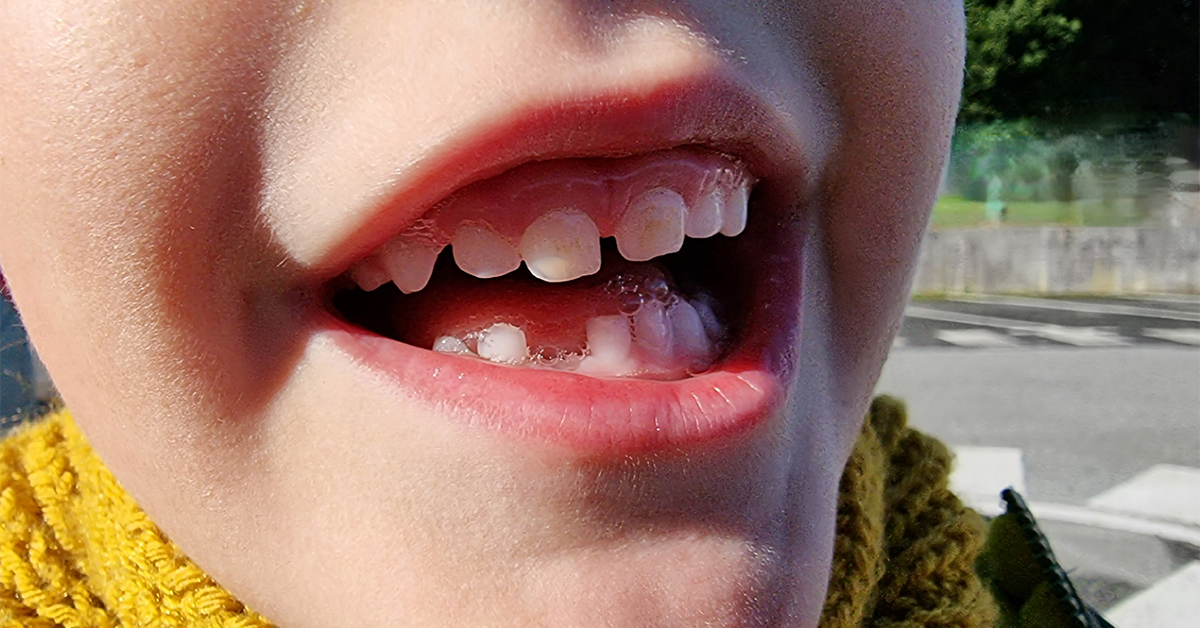Basque ethnography at a glance
Ekain’s first baby tooth fell out, almost without realizing it, the same day he turned six years old. Having been loose for days, the tooth unexpectedly dropped to the ground with a jingle as he crunched into a piece of apple.
Generally, deciduous teeth begin to fall out from the age of five or six once the lower front teeth loosen. Such a monumental time represents the beginning of a new stage in our lives, since it marks a before and an after.
Experts recommend not pulling teeth out prematurely and letting the process follow its natural course instead. But there used to be a time when a string would be tied around the wiggly tooth to pull it out with a quick tug. In fact, many a tooth were knocked out by an intentional blow to the mouth from the fist of some joker.
And what does a child do when a tooth falls out? Well, across the length and breadth of the planet, there have been and still are countless rituals related to children’s primary dentition, most of them being linked to some mythological character.
My mother, who was born on Legina Farmstead in Larrabetzu, remembers that, as a child, when a tooth fell out, she would throw it onto the roof while reciting these lines:
Maritxu Teilatuko gona gorrie,
eutsi hagin zaharra eta ekarrizu barrie.
(Little Mari, who lives on the roof and wears a red skirt, / take my old tooth and send me a new one.)
The tradition of throwing the tooth and singing to the roof fairy extended throughout Bizkaia. Moreover, Oskorri —a renowned folk band— made the popular formula even better known through their album Katuen testamentua, which was released in 1993.
In certain towns and villages of Bizkaia, such as Zeberio and Zeanuri, the fallen tooth would be tossed onto the roof and a request made to the bat who presumably dwelled there for it to be replaced; and in Lemoiz, intercession of the Virgin would be sought. Shed teeth were likewise thrown into the fire, the henhouse or the orchard in many other localities.
From the mid-20th century onwards, the custom of placing the tooth under the pillow became widespread. When I was a child, I did it too; and in my sleep, Pérez the mouse came to visit at night and exchange the lost tooth for a little gift, a little something: be a candy, a toy, a story, or a coin.
Pérez helped me accept the loss of my teeth, as I felt very fearful and worried about losing them. On the one hand, I was terrified of blood; on the other, the thought of losing them scared me badly. So overall, Pérez contributed to make my discomfort considerably more bearable.
Yet, that night Ekain was really troubled about something else. Indeed, he grew increasingly anxious at the prospect of seeing Pérez the mouse. The next morning, before dawn, and still in the dark, he slipped his hand under the pillow, confronted with the concern of finding the famous rodent under it. But no, Pérez was already gone, not before leaving a small toy in place of the tooth though.
Ziortza Artabe Etxebarria – Ethnography Department – Labayru Fundazioa
Translated by Jaione Bilbao – Ethnography Department – Labayru Fundazioa


